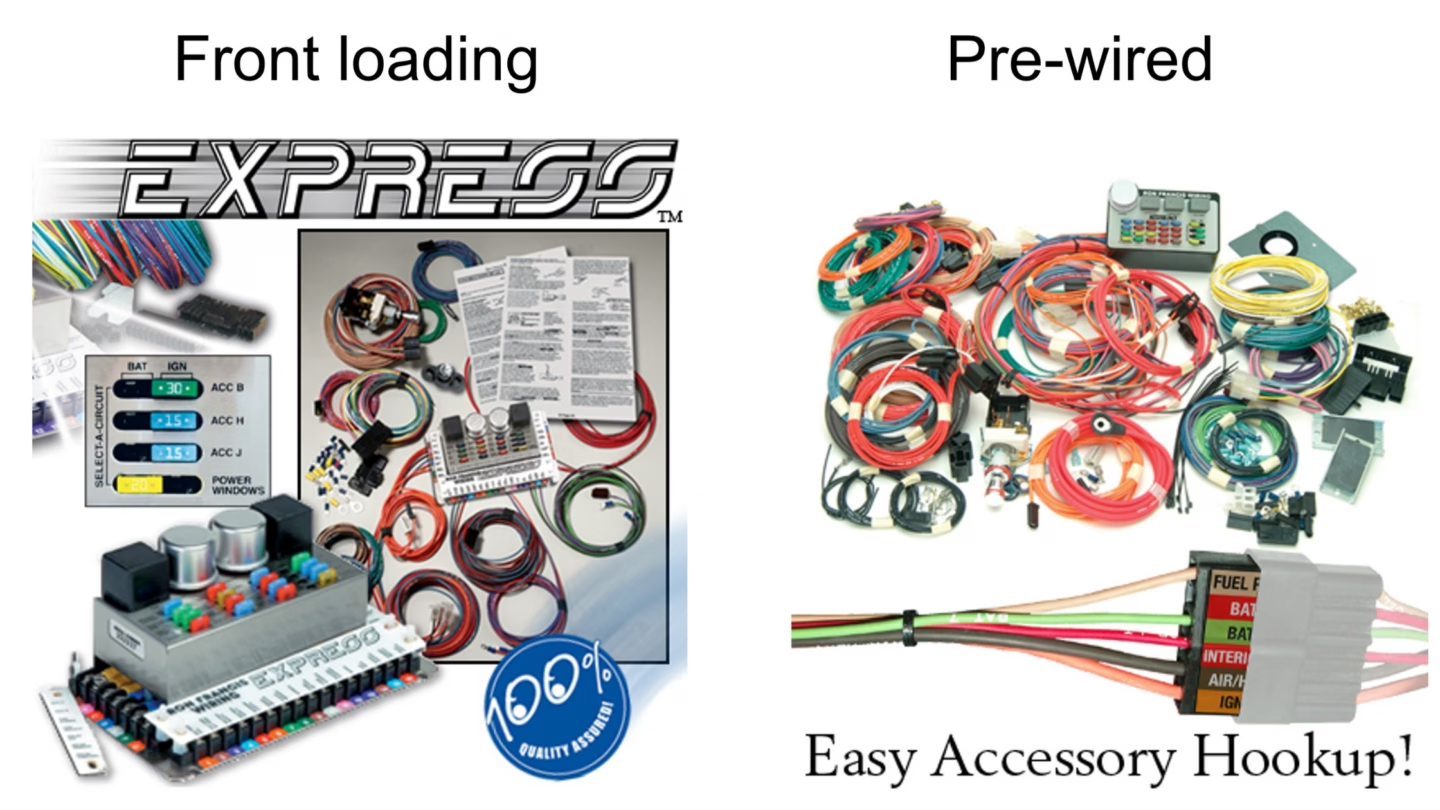When it comes to wiring your classic car or hot rod, proper planning is key. Scott Bowers, President at Ron Francis Wiring, shares his insights on what you’ll need and how to approach your next wiring project. With decades of experience and a passion for helping enthusiasts tackle just about any complex wiring project, Scott’s advice is invaluable for anyone looking to upgrade their vehicle’s electrical system.
Gather Your Tools and Supplies
Before you start, make sure you have the necessary tools. A good crimping tool is essential for making secure connections. Scott stresses that a cheap crimping tool can lead to poor crimps, which can cause electrical issues down the road. Invest in a quality tool that can properly compress terminals. A ratcheting crimping tool is ideal, as it ensures a consistent crimp every time.
You’ll also need wire strippers, diagonal cutters, and a multimeter for troubleshooting. A soldering iron and heat shrink tubing can be useful for adding extra protection to connections. Don’t forget a roll of electrical tape and a bundle of zip ties for securing wires out of the way.
In terms of supplies, have plenty of electrical tape and heat shrink tubing on hand. Consider a wiring harness repair kit, which usually includes assorted terminals, wire, and tape. These kits can be a lifesaver if you need to repair a damaged section of your harness. It’s also a good idea to have some extra fuses and relays on hand, in case you need to replace any during the installation.
Choose the Right Wiring Harness
Ron Francis Wiring offers both front-loading and pre-wired harnesses. Front-loading harnesses, like their Express Kit, come with labeled bags of wires. This system allows you to work on one circuit at a time, reducing clutter and making it easier to pick up where you left off. It’s ideal for DIYers who may only have a few hours to work on their project at a time.
Pre-wired harnesses, on the other hand, have a more traditional layout. While they can be more overwhelming, experienced installers may prefer this type. They allow you to see the entire harness at once and work on multiple circuits simultaneously. Consider your comfort level, the complexity of your project, and whether you prefer working on one circuit at a time or tackling the entire harness at once. Both styles have their advantages, and the key is choosing the one that best fits your…
Click Here to Read the Full Original Article at DragzineDragzine…

